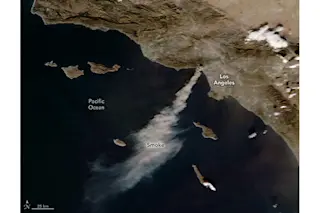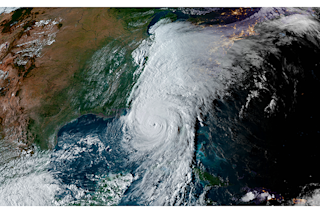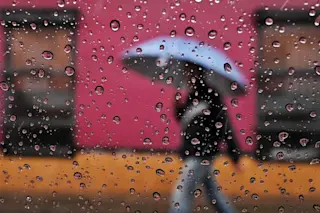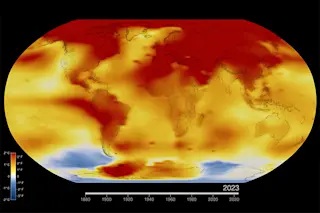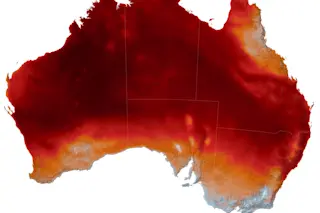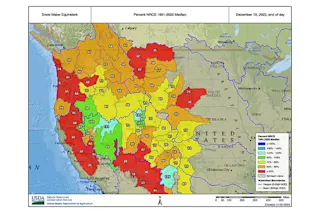Screenshot from a timelapse video of a lenticular cloud over Flagstaff, Ariz. on Jan. 14, 2016, released by the National Weather Service. Make sure to watch it in high definition. (NWS Flagstaff via Twitter) Note: If you're not old enough to know what the headline alludes to, please make sure to read through to the bottom of this post. Saucer-shaped clouds are not all that unusual in mountainous regions like the American West. But the ones that formed over Flagstaff, Ariz., on Jan. 14, 2016, and then over Colorado's Front Range two days later, were particularly long-lasting — and beautiful. They're called altocumulus standing lenticular clouds. (But how about we make things easier from here on out by just calling them lenticular clouds?) Click on the screenshot above to watch a timelapse video of the cloud over Flagstaff, posted to Twitter by the National Weather Service.
SEE ALSO: Flying saucers ...


